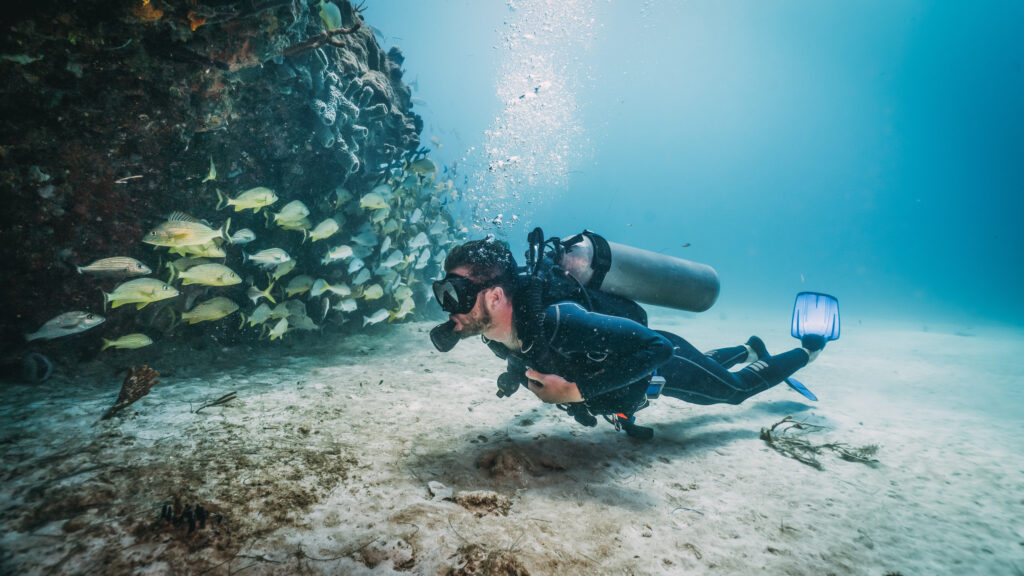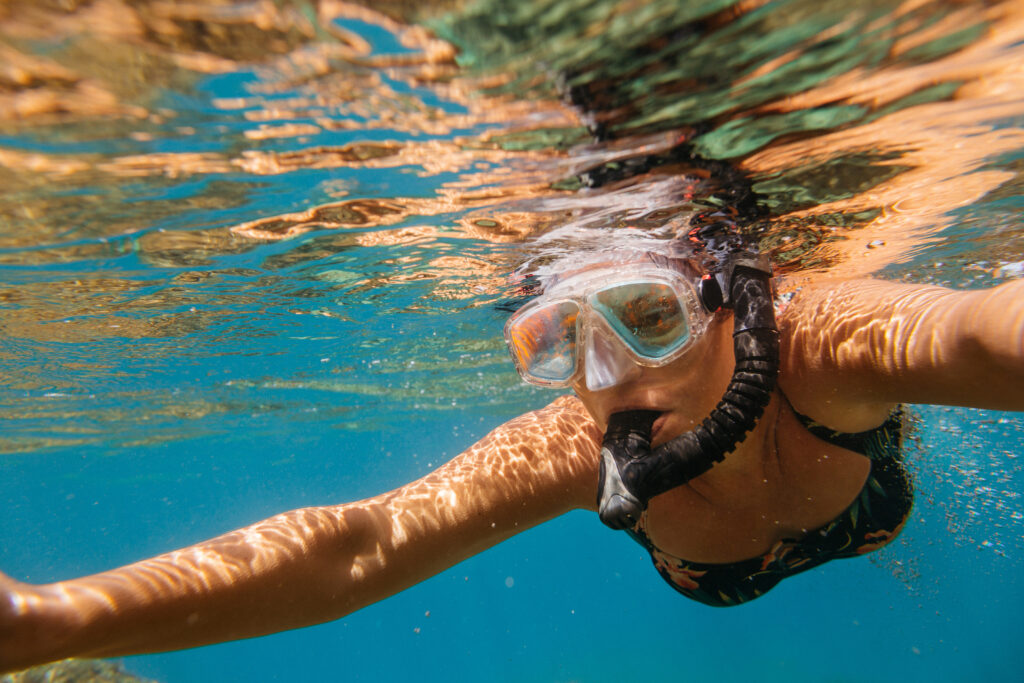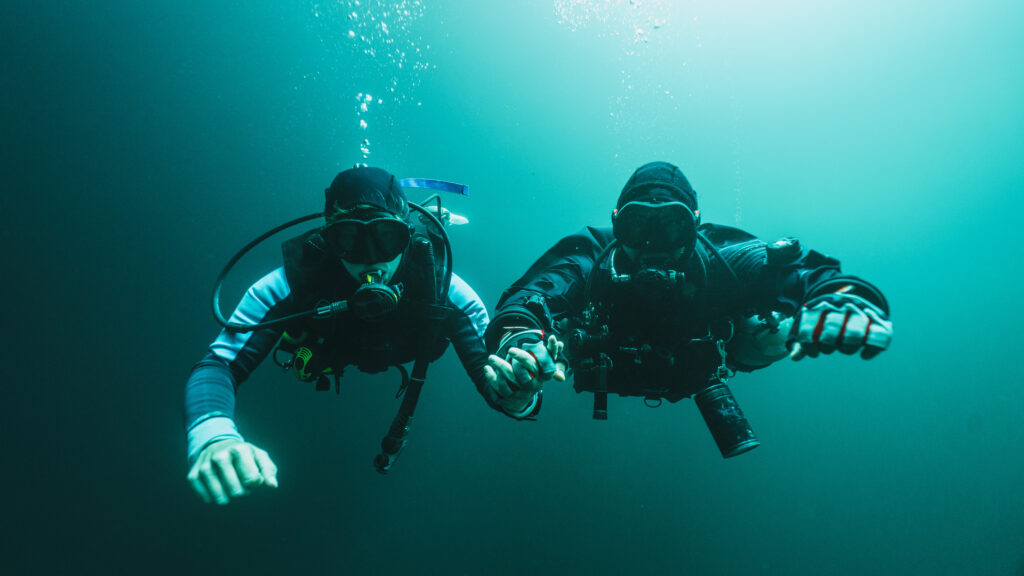What is Hyperventilation?

Hyperventilation refers to a state of rapid or deep breathing that exceeds the body’s need for oxygen. This condition leads to a significant decrease in carbon dioxide levels in the blood, causing various physiological effects. Understanding hyperventilation is crucial for scuba divers as it can profoundly impact their safety and overall experience underwater. Divers need to be aware of the causes, effects, and preventive measures related to hyperventilation to ensure safe and enjoyable diving experiences.
What is the Frenzel Maneuver?

The Frenzel Maneuver is a specialized technique used primarily in scuba diving and freediving to equalize pressure in the middle ear. Named after the German Luftwaffe commander Hermann Frenzel who developed it during World War II, this maneuver has become a crucial skill for divers. Proper equalization prevents discomfort and potential damage to the ear caused by changes in pressure during descents and ascents in water. The Frenzel Maneuver involves closing the vocal cords and using the tongue to compress air into the Eustachian tubes, allowing for more effective pressure regulation compared to other methods.
What is a Low Volume Mask?

A low volume mask is a specific type of diving mask designed to minimize the internal air space between the diver’s face and the lens. This reduced volume makes it easier to equalize pressure and clear the mask of water, enhancing comfort and efficiency, especially in activities such as freediving and spearfishing. Low volume masks are distinguished by their close-fitting design and the ability to improve a diver’s overall underwater experience by offering a broader field of vision and less buoyancy.
What is Freediving?

Freediving, also known as breath-hold diving or apnea, is an underwater activity that involves diving without the aid of scuba equipment or artificial breathing apparatus.
What is a Helicopter Turn when Scuba Diving, Freediving or Snorkeling?

The helicopter turn is a vital scuba diving maneuver that allows divers to rotate around their vertical axis using minimal fin movements. This technique enhances underwater mobility, control, and agility, enabling divers to navigate through tight spaces, maintain their position while observing marine life, and efficiently change their orientation without disturbing the environment. In this comprehensive entry, we will discuss the mechanics, benefits, and applications of the helicopter turn, as well as provide tips for mastering the skill.
What is Samba in Scuba Diving?

Samba, in the context of scuba diving, refers to an involuntary muscle spasm or twitching that occurs as a warning sign of impending hypoxia or loss of consciousness underwater. This condition is crucial for divers to recognize because it serves as a precursor to more serious and potentially life-threatening situations such as blackouts. Understanding samba and its implications can significantly enhance diver safety and preparedness, ensuring that appropriate actions are taken promptly to mitigate risks. While samba is less commonly discussed than other diving conditions, its impact on diver health and safety is equally important.
What is a Snorkel Keeper?

What is a Snorkel Keeper? A snorkel keeper is an often understated yet crucial component of scuba diving, snorkeling, and freediving gear. The snorkel keeper is a device designed to attach the snorkel to the diver’s mask strap. While small and simple in design, its role in providing a seamless diving experience cannot be overstated. […]
What is a Buddy when Scuba Diving or Freediving?

A “buddy” in scuba diving or freediving refers to a designated diving partner who accompanies another diver during their underwater experience. The buddy system, a central part of these activities, was designed to enhance safety and promote teamwork. The buddy concept involves two divers working together, keeping an eye on each other, and offering help when necessary. This system is critical for ensuring that both individuals have a safe and enjoyable time underwater.
What is Breath-Hold Diving?

Breath-hold diving, also known as freediving or apnea diving, is the practice of diving underwater without the use of a life support apparatus, such as scuba gear. Instead, divers rely solely on their ability to hold their breath while submerged. This ancient form of diving has been practiced for millennia by various cultures around the world, both for recreational and professional purposes.
What is Apnea?

What is Apnea? Apnea, a term derived from the Greek word “apnoia,” meaning “want of breath,” is commonly defined as a temporary suspension of breathing. Initially used in medical contexts, apnea has evolved to become synonymous with freediving, a form of underwater diving that requires divers to hold their breath while exploring the depths of […]
